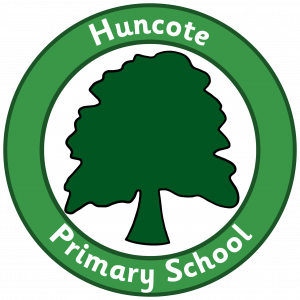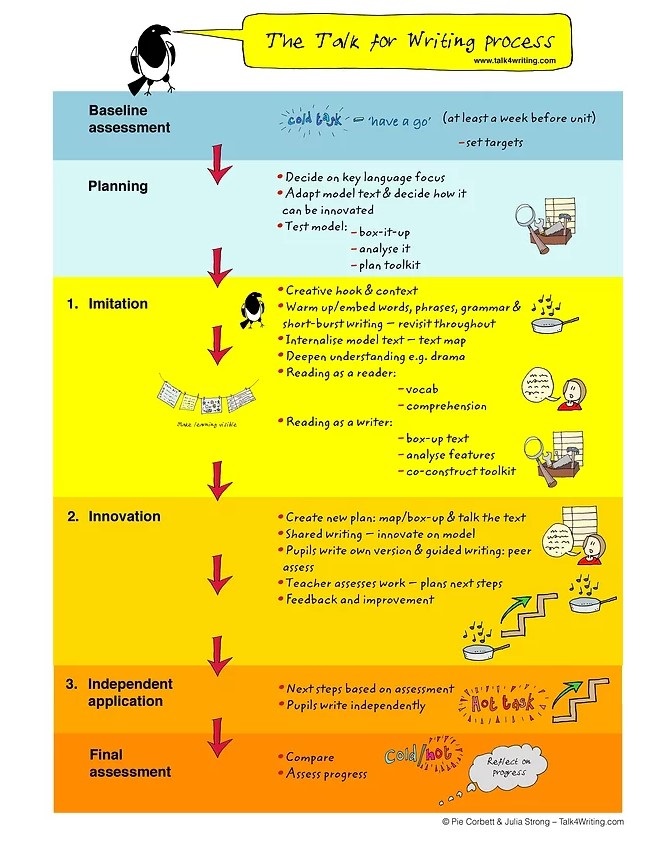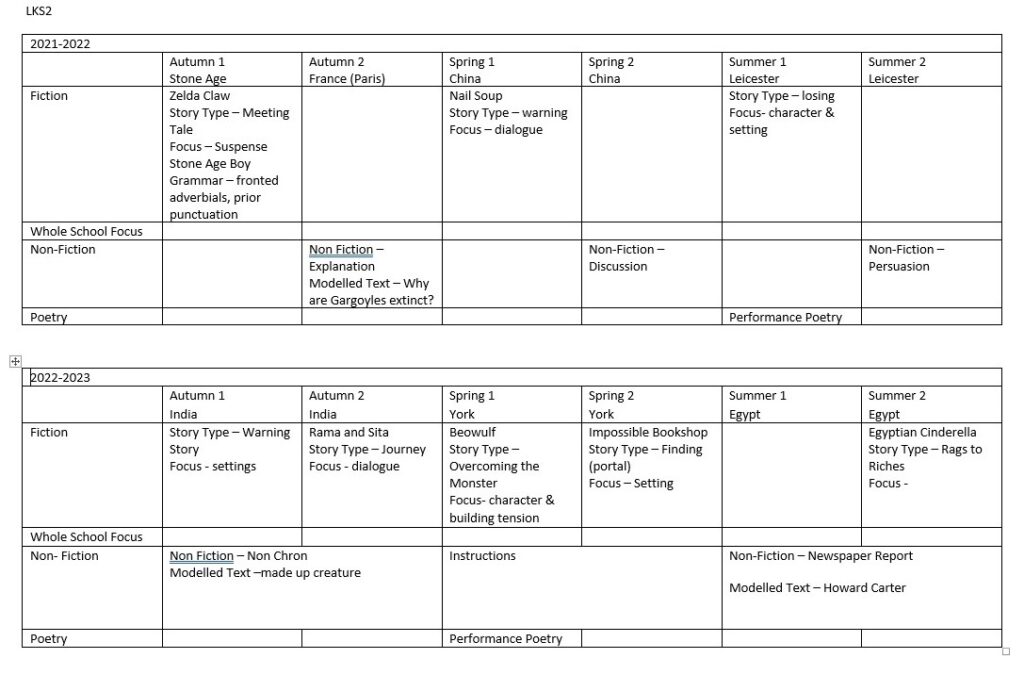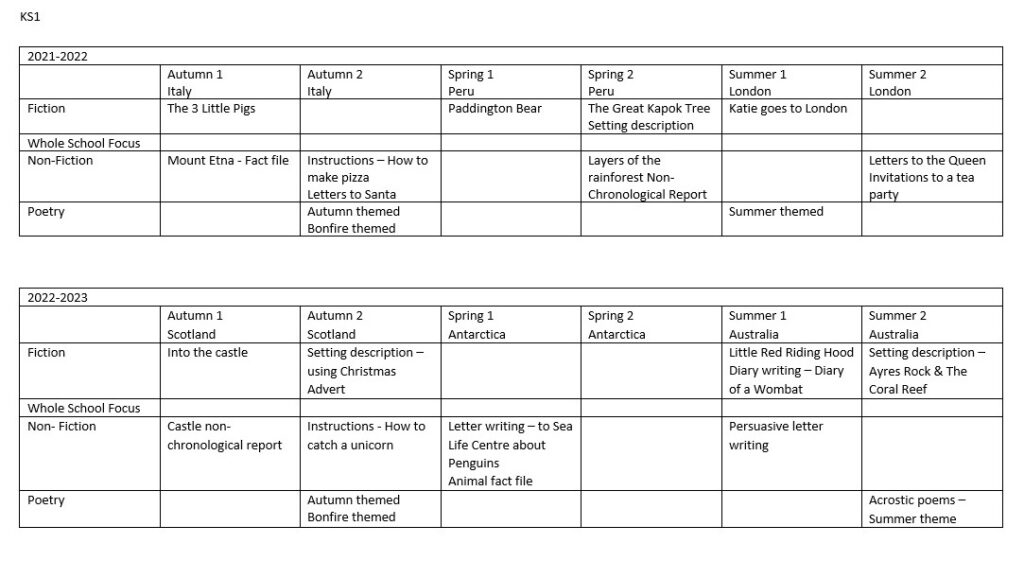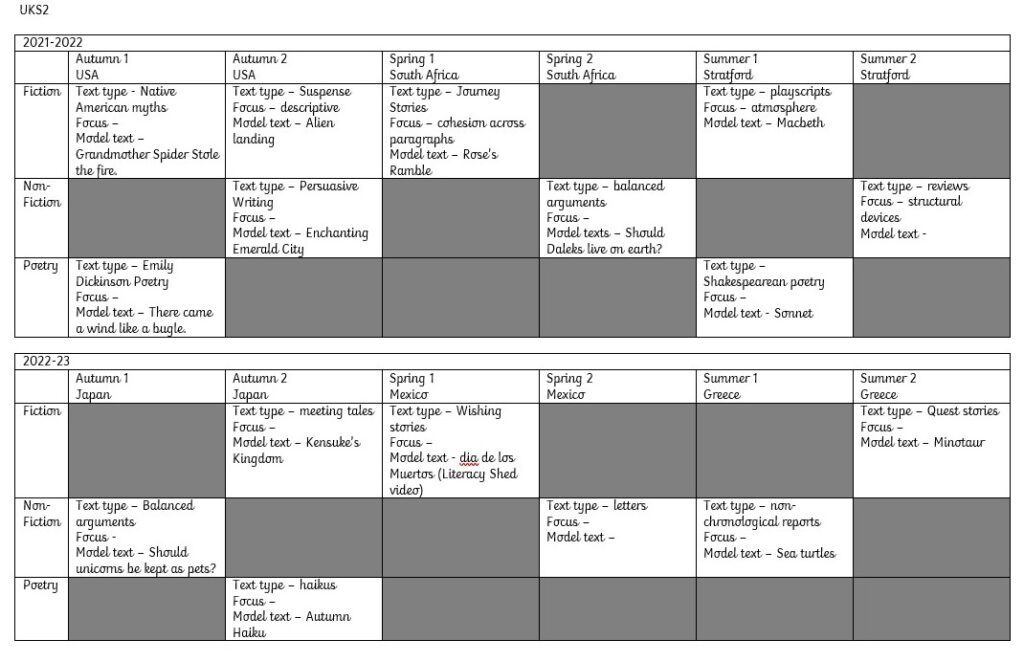Following on from this, the children then have to imitate the text they have learnt. This is modelled by the teacher. They may make simple changes to the original text to alter it slightly. Once they have internalised the reworked text, they then have to ‘box up’. This simply helps them to organise their ideas and acts as a plan for their writing towards the end of the week.
The final part of the Talk for Writing process is ‘innovation’. Over the previous weeks the children will have been equipped with the skills required for inventing their own text from beginning to end. They will come up with their own ideas and be able to box them up. They will then be able to produce an independent piece of writing (hot write) showcasing their text. Children will then have the opportunity to edit their writing at the end of the process.
Key Stage Two
Key Stage 2 children follow a very similar approach although it is more advanced. It follows the same internalise, imitate, and innovate structure as is used in KS1. Children, again, must identify key features of the text they are learning and think about the key ingredients they need to include in their own work. Over the course of the unit, children are encouraged to share ideas for others to ‘magpie’. This means they can use the good ideas from their peers in their own writing. Grammar and spelling skills are taught alongside the model text with opportunities to apply the strategies throughout the unit.
Year groups are encouraged to expose children to a range of texts and genres alongside story types. Each year group should also experience ‘short burst’ writing to rehearse skills.
